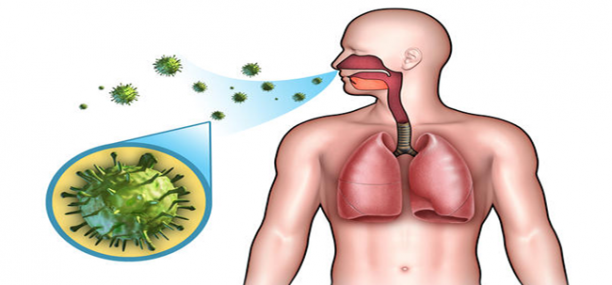Parainfluenza (парагрипп)
Parainfluenza is a common short lasting epidemic viral infectious disease that spread by respiration of contaminated air droplets through coughs. Human parainfluenza RNA viruses belonging to the paramyxovirus family cause Parainfluenza. These viruses are closely related and cause disease in both human and animals.
Pathogens – Four types of parainfluenza viruses (of the genus paramyxovirus): 1,2,3,4.
Epidemiology
Source of infection – an infected person
Transmission– The virus spreads by respiration of contaminated air droplets, by contact with a sick or recovering person (1-2 days following the incubation period).
Incubation period – from 2 to 5 days, gradual start
Clinical picture
Intoxication Syndrome: expressed moderately, temperature in most cases does not rise above subfebrile levels.
Catarrhal syndrome: Dry “barking” cough, hoarseness, sore throat and chest associated with the development of laryngitis and laryngotracheitis, runny nose.
Complications resulting from co-infections with bacterial flora: pneumonia, bronchitis, upper respiratory tract pathology.
False croup develops more often with parainfluenza in comparison with other SARS.
Differential diagnosis with other acute respiratory viral infections.
Laboratory diagnosis – blood tests show leukopenia with a relative lymphocytosis.
Treatment
Compensatory treatment, plentiful drinking of water for the purpose of detoxification
Hyposensitization therapy “гипосенсибилизирующая терапия”
Prescription of Vitamin C supplements. Immunal (for strengthening the immunity).
Alternative treatment for parainfluenza
Verified by: Dr.Diab (January 7, 2017)
Citation: Dr.Diab. (January 7, 2017). Parainfluenza. Medcoi Journal of Medicine, 2(2). urn:medcoi:article15871.














There are no comments yet
Or use one of these social networks